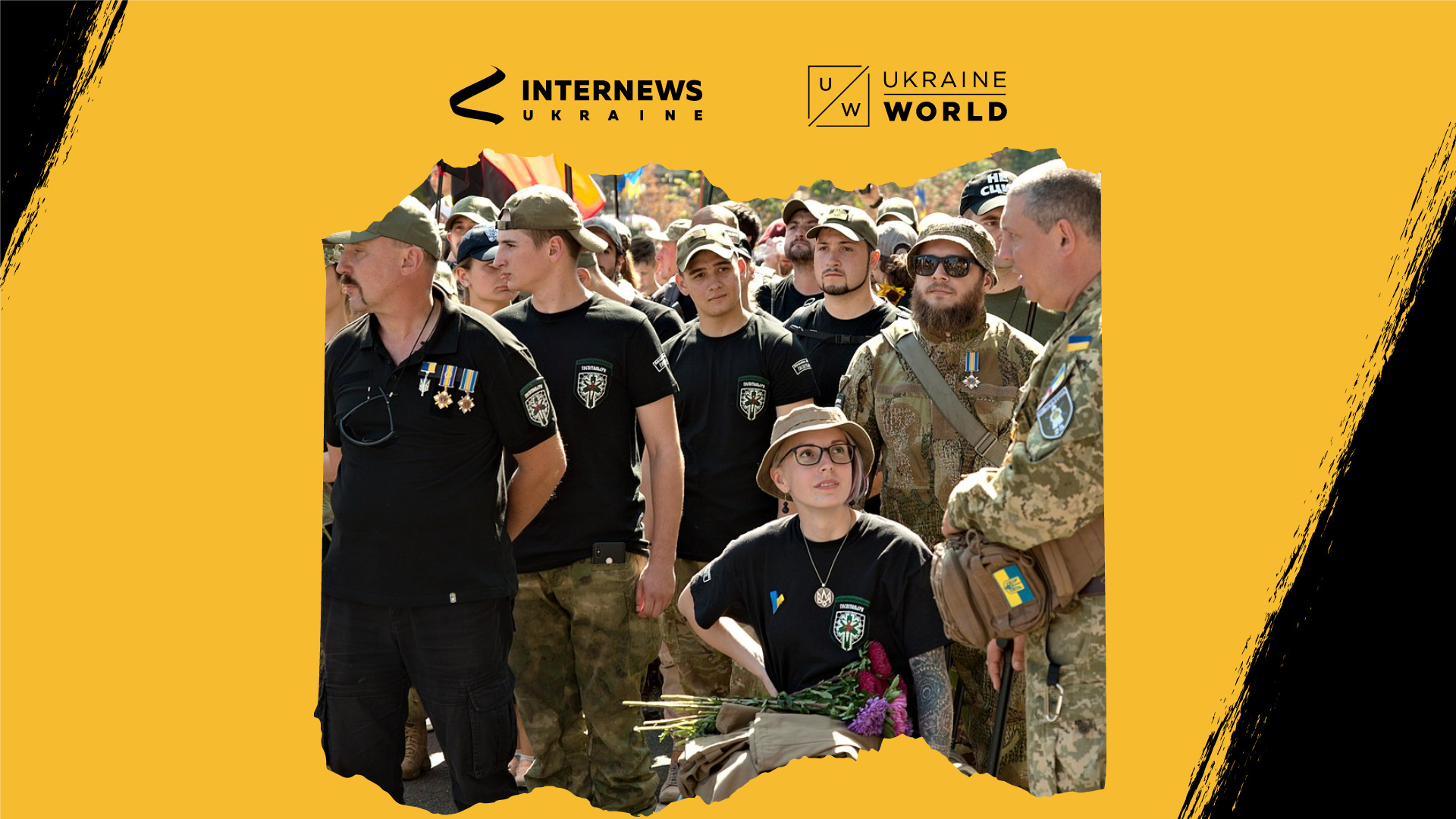
So, how do they do it, and what do they require?
UkraineWorld asked Dmytro, call sign Kalash, an instructor at the Hospitallers Training Centre. Key points in our brief, #UkraineWorldAnalysis:
We have several areas of work, but evacuation is the main one. It takes place in several stages:
Now we need transport - either moderately or extensively armoured - that is, something to drive to the wounded. We also require tactical medicine supplies, which are items that can be used to help others.
There are two types of injuries: critical and non-critical. After 5-7 hours, non-critical injuries can be treated. Critical injuries - bleeding, respiratory problems - are successfully treated in a 6:4 ratio during the golden hour, with constant progress in training.
Compared to 2014, the quality of care has improved significantly. Our paramedics have received extensive training at a high level. As an instructor at the training center, for example, I pursue the highest qualifications and advanced training in my field.
When instructors from the US came, they told us how they were lagging behind because war was something different from how it is nowadays. It is a much more intense war, with more wounded and a variety of injuries.
Of course, there is the human factor to consider. It is difficult to remain motivated in such circumstances, and the government should be more involved in supporting the volunteer movement.
